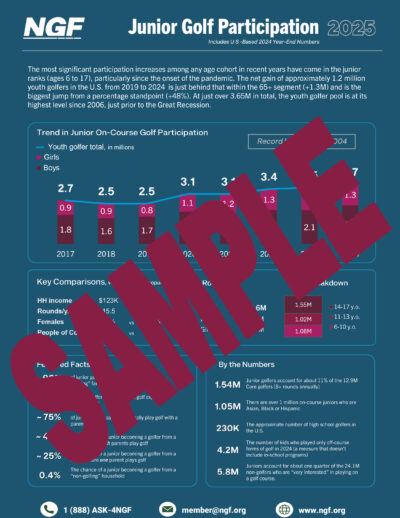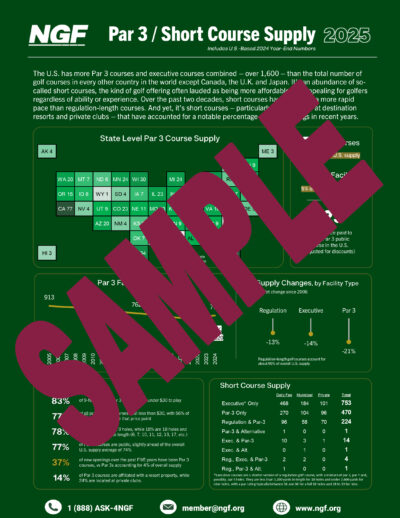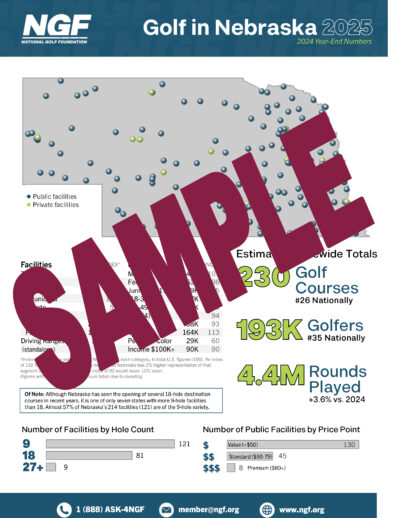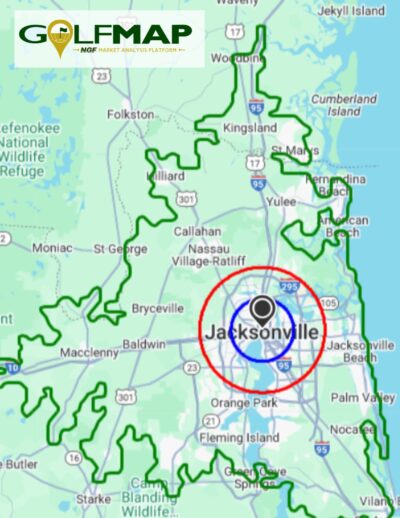Member-Exclusive Samples
Click on an image below to preview a selection of our golf-industry research and data, providing you with insights to stay "in the know" for making the most well-informed business and marketing decisions. Our exclusive resources are available to VIP and Executive members, so check out some of the samples below, then head over to our membership page and select the membership that's best for you.










